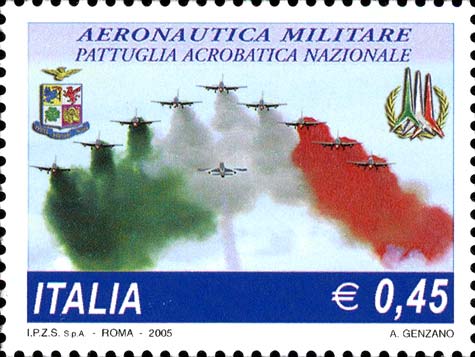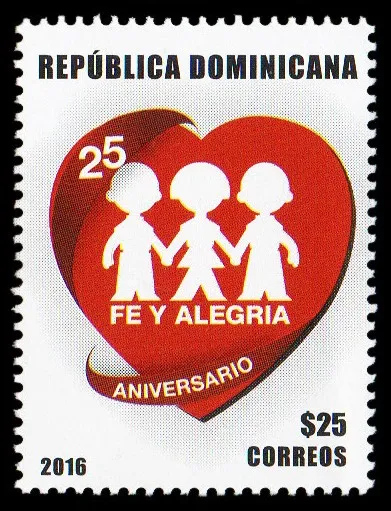
During the First World War, the potential of stamps was discovered as means of propaganda.
Initially, with real espionage operations, the falsification of foreign stamps and their diffusion in enemy territory for propagandistic purposes, while with the advent of totalitarianism the stamps were mainly used on the internal front to strengthen the consent of the various dictatorships.
Thus the series of Fascist Italy was born (because of the tenth anniversary of the March on Rome and the commemorative one of the Empire), followed by the Nazi Germany (effigie del Führer) and other dictatorships on European soil.
During World War II, propaganda on stamps became war propaganda, and "theme" emissions were multiplied, containing the eulogy of war or the condemnation of the enemy (series "Two peoples, a war" of the Kingdom of Italy and stamps of the RSI, of the series called "Destructed Movements", with the word "hostium rabies diruit").
With the cold war, the propagandistic stamps reappeared to exaltation of the most diverse regimes, especially the States of the Warsaw Pact, and then extended to all cases of personality worship (Ceaușescu and Kim Il Sung).
In more moderate terms, the stamp has nevertheless played a certain celebratory role since its origin, as for the entire 19th century the representation of rulers or allegories of nations constituted the absolutely dominant reason.

